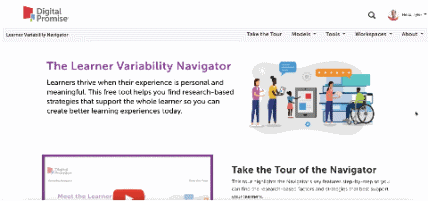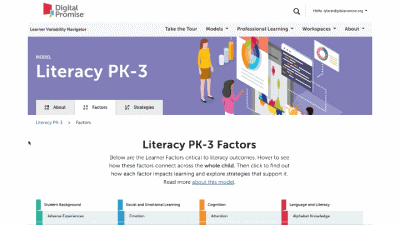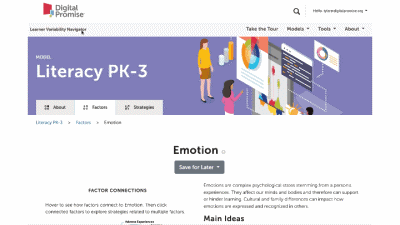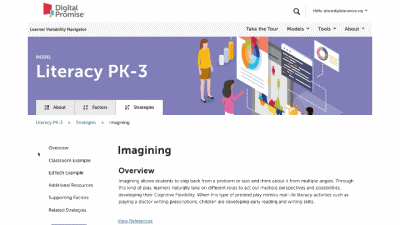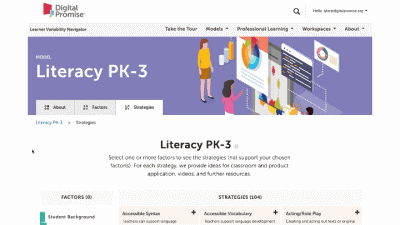Multiple Representations: Manipulatives
Overview
Providing physical representations of numbers and math concepts helps activate mental processes. Learners understand more deeply through hands-on exploration, which requires but also develops fine motor skills. Manipulatives that have minimal visual distractions are most effective, supporting students' Attention and Inhibition as they practice the target math skills. Research has also found that manipulatives are effective when students are able to understand that concrete objects can represent abstract ideas, a developmental milestone often achieved by second grade.
Example: Use This Strategy In in the Classroom
Design It into Your Product
Videos are chosen as examples of strategies in action. These choices are not endorsements of the products or evidence of use of research to develop the feature.
Learn how products such as DragonBox Numbers can allow learners to playfully explore digital manipulatives to strengthen their number sense. Through various games with the manipulatives, learners can build their understanding of Estimation, Cardinality, and Operations.
Factors Supported by this Strategy
More Multisensory Supports Strategies
Communication boards are displays of graphics (e.g., pictures, symbols, illustrations) and/or words where learners can gesture or point to the displays to extend their expressive language potential.
Adding motions to complement learning activates more cognitive processes for recall and understanding.
Using earplugs or headphones can increase focus and comfort.
Tossing a ball, beanbag, or other small object activates physical focus in support of mental focus.


